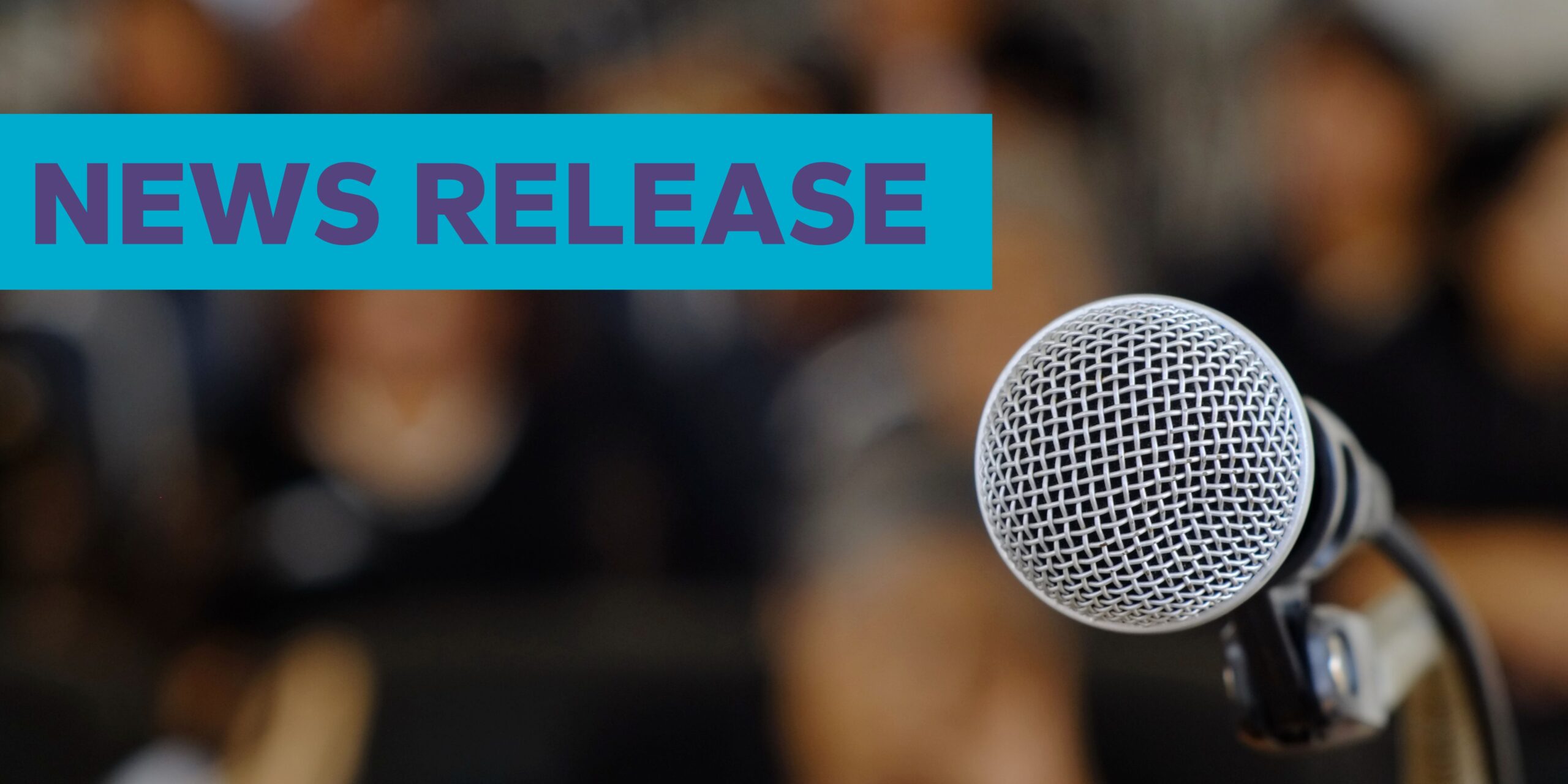Interviews with the media can be stressful at the best of times, and COVID-19 has added a new dimension to the process, with most appearances being filmed remotely. What was once your family room is now a live newsroom floor. Your reading lamp is your spotlight, and your tinny computer audio system is replacing high-quality studio microphones. Using remote technology will be commonplace for the foreseeable future, so here are a few tips to help you make the most of an interview or presentation opportunity when using video conferencing software.
Be Heard: Perfecting your audio
Before you start your interview, find a quiet space that is free from distractions; a little bit of background noise is acceptable, but do your best to limit what you can. Also, be sure to silence your phone (including vibrations) and turn off the notifications on your computer — you don’t want a good quote ruined by an Outlook notification. Of course, you can’t do this by muting your computer’s sound, otherwise you won’t be able to hear the interviewer’s questions. Make sure you’re comfortable with turning off notifications before getting ready to go live.
While Zoom has become an almost daily fixture in many of our lives, the technology is not perfect. Some people find that using in-ear headphones can make it easier to hear the interviewer (avoid using over-ear headphones; this will look strange). When it’s your turn to talk, make sure you speak slowly and clearly.
One of the other realities of videoconferencing is that it does not allow for seamless back-and-forth conversation like when we are in person. This means that interjecting with a “yes” or “mhmm” can be distracting and throw off the rhythm of the interview, especially if there are multiple people present.
Ideally, you should be muted, only unmuting yourself when it’s your turn to talk (this can be done by clicking the button or by holding the spacebar, if it’s enabled in your Zoom settings). If you’re not comfortable doing this, avoid verbally responding to the interviewer while they are talking. This doesn’t mean you should be sitting stone-faced; we will discuss this in the next section.
Be Courteous: General etiquette
As much as possible, act as though you’re being interviewed in person. Make sure you’re not moving around too much, especially when you’re not talking. Physically look at the interviewer on your screen when they’re talking; this doubles as a way to show you are engaged and to pick up on any non-verbal cues. Avoid looking off-camera repeatedly. When it’s your turn to talk, unmute yourself and look into your camera, the equivalent of looking your interviewer in the eye.
Similar to limiting distractions in the room, make sure to minimize other windows on your computer to avoid the temptation of looking at them during the interview. This could be perceived as disrespectful; think of what it feels like when somebody pulls out their phone while you’re talking to them. Don’t forget, you’re always on camera, even if you aren’t speaking.
It can be helpful to have a ‘cheat sheet’ or list of key messages nearby that allows you to refer to core concepts or findings. Ideally, this information should be posted on a surface behind the camera so you can refer to it without making it obvious. Use an upright chair — don’t do an interview from your couch or armchair. Finally, wear something professional that doesn’t clash or look distracting when on camera. Patterns and bright colours don’t translate well to the screen so it’s best to stick to simple colours and minimal prints. Test this out on camera before the interview.
Be Seen: Video and lighting
Besides providing clear, crisp sound bites, the most important thing is how you appear on camera. This means that your camera needs to be at eye level. Many of us now use an external monitor when working remotely so you may need to move your laptop from its usual position. Prop your laptop up on some books to get it to the right height. Looking down on your computer can be unflattering and you’ll want to fit the tops of your shoulders and your full head into the frame. You also need to be aware of what’s in background; ideally, you should make it simple and non-distracting. You want the interviewer focusing on you, not what’s behind you. Take note of what the viewer will be able to see, including personal items. Try a few positions out before your interview to get it right.
The lighting in your room is crucial for delivering clear video. The interviewer may ask you to move locations to find the right light. Avoid backlight — this can obscure your face, as the camera compensates for the extra light, making you a silhouette. You should also avoid sitting directly next to a window; this can look harsh and whitewash your features. What you’re looking for is consistent, natural light — try placing a lamp directly by your face. Again, test this out before your interview to find a good spot.
While it may go without saying, make sure your computer is plugged in or has a sufficient battery charge to make it through your interview — the last thing you want is having to scramble for your power cord while trying to listen to questions. Finally, make sure you’re in a space that has a solid internet connection.
Zoom and other video conferencing software has become a ubiquitous part of our working lives. With these tips, you’ll have the confidence to deliver a quality interview or presentation without worrying about how you are being seen, heard, and perceived.



